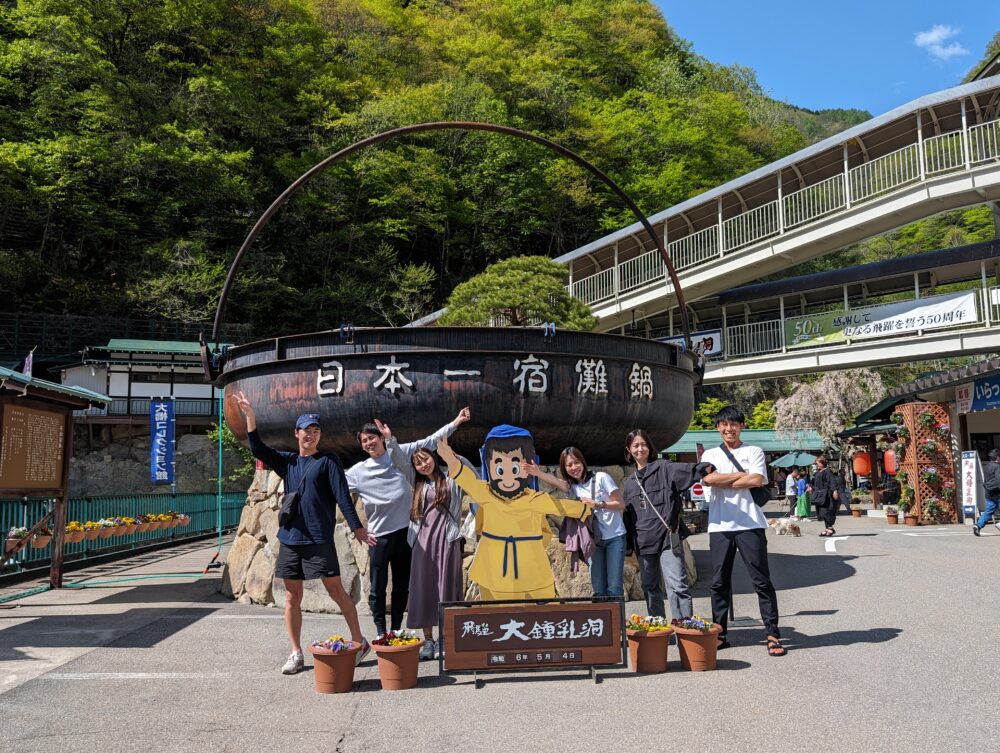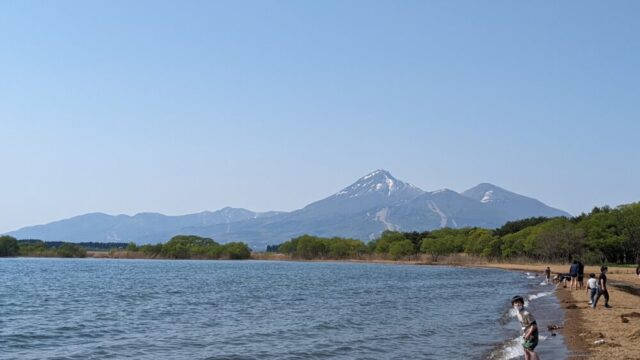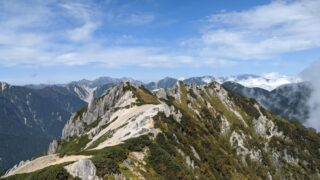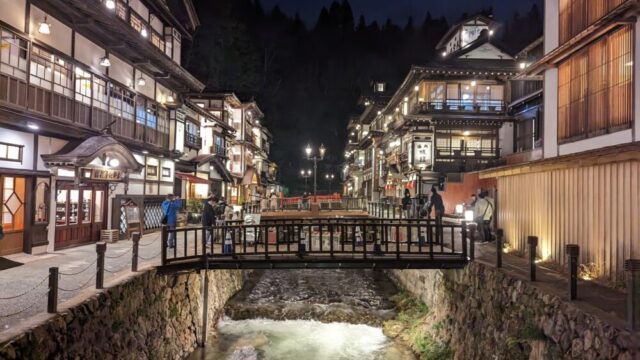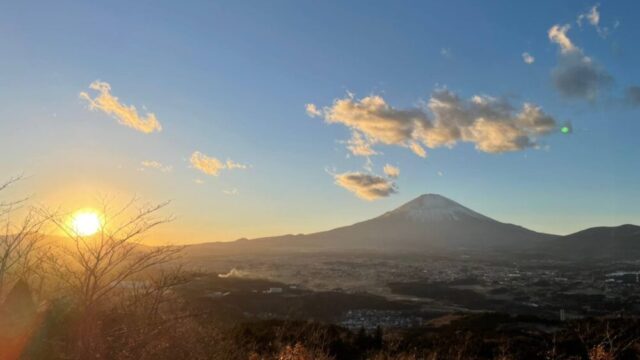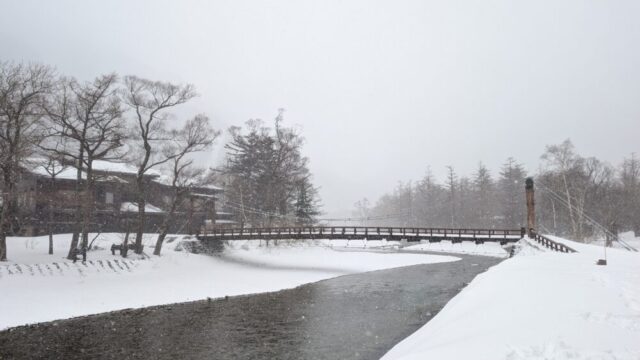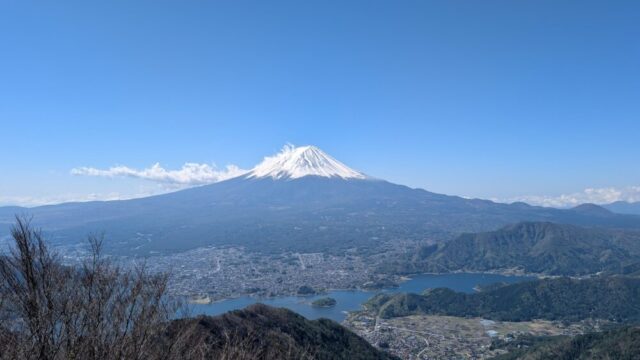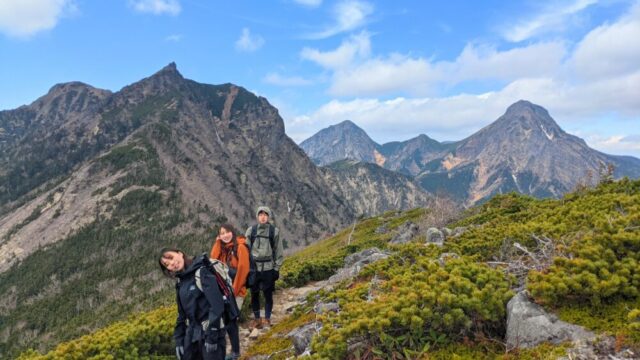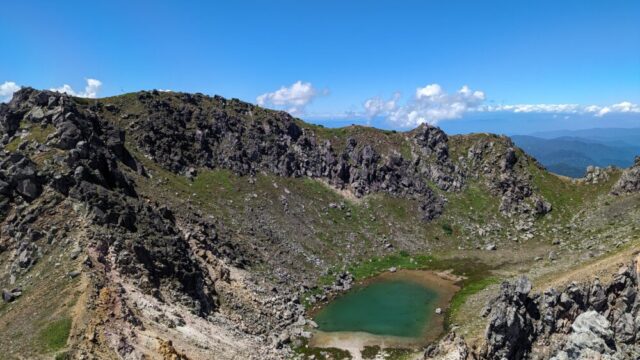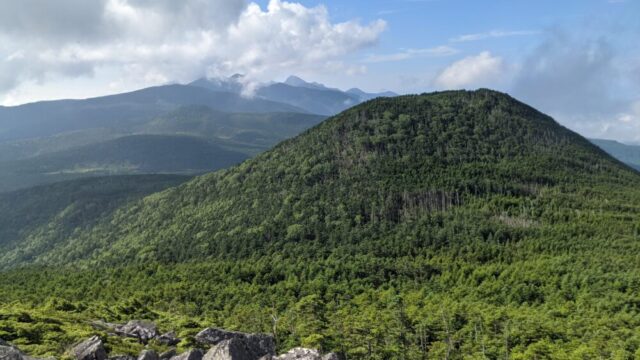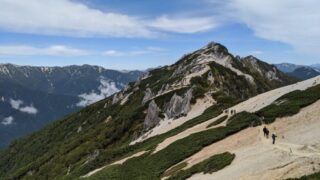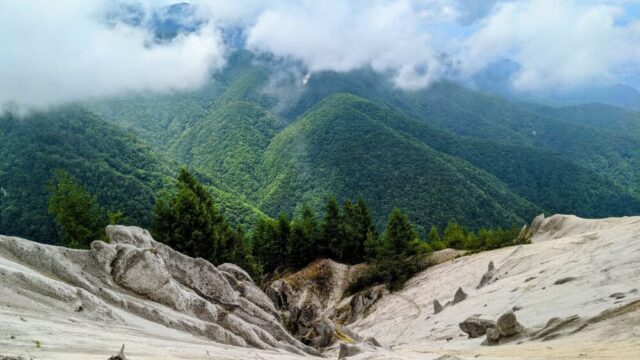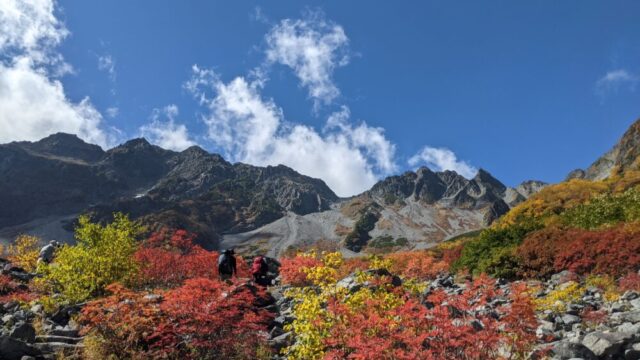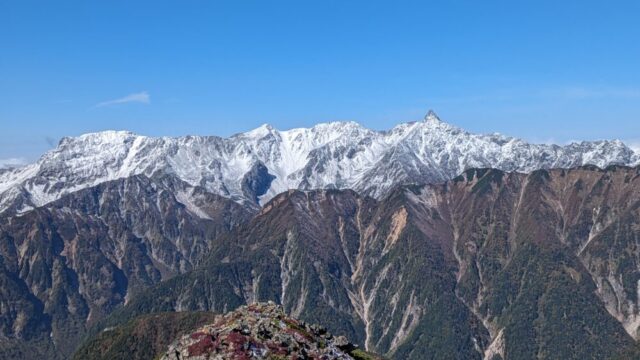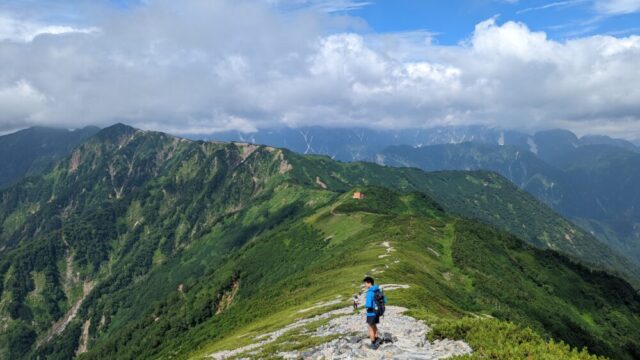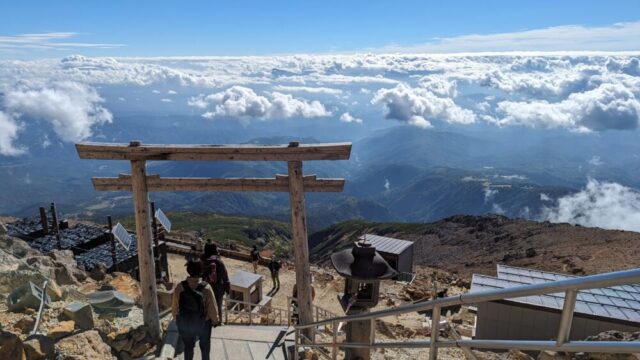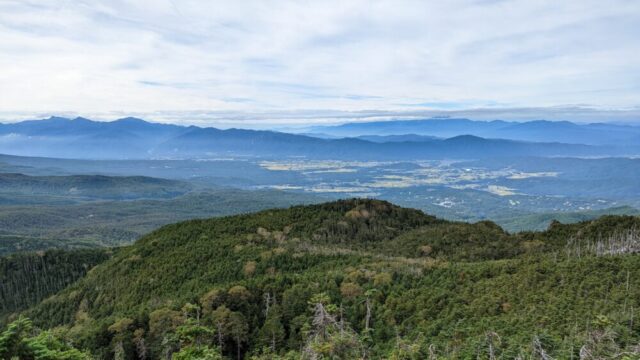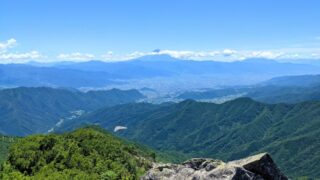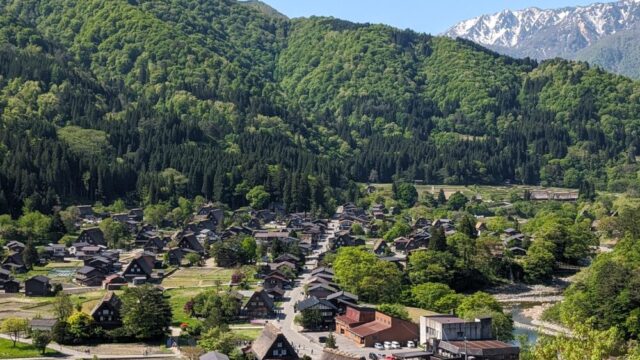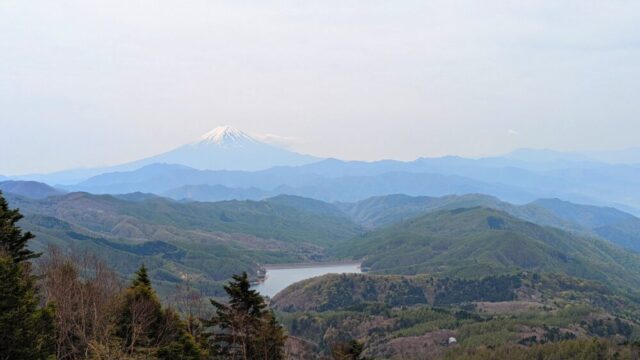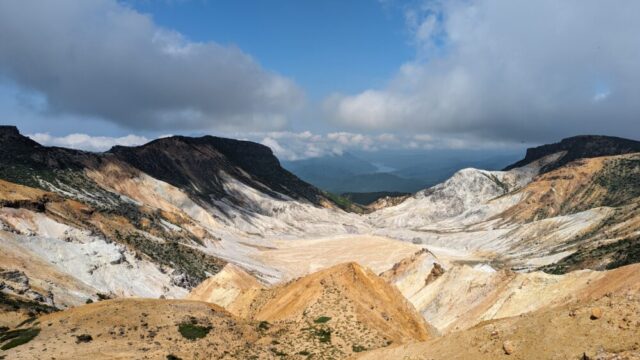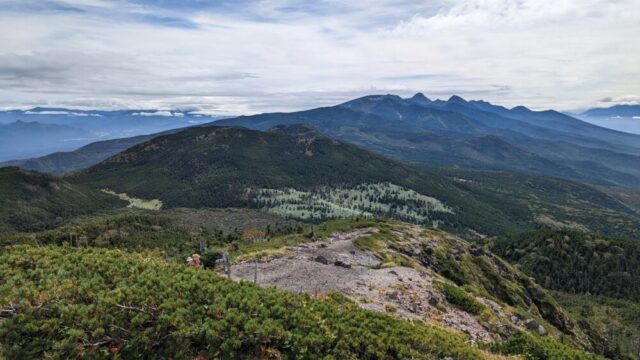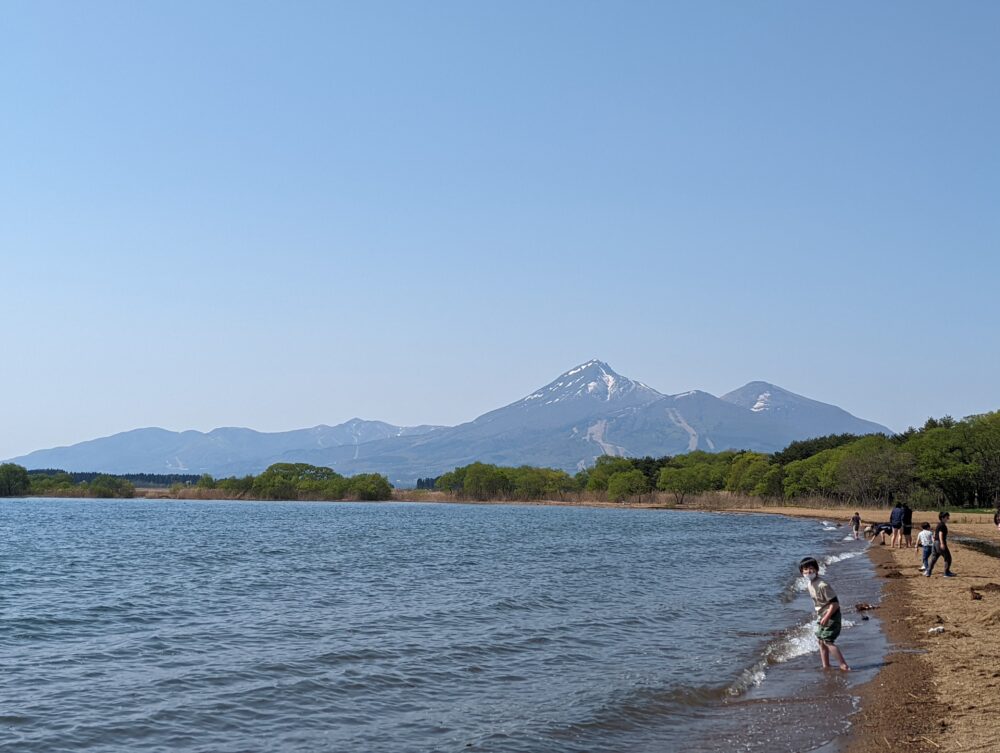To be honest, I didn’t know much about Gifu Prefecture before I went. However, when I actually travelled there in a campervan, I found it to be far more impressive and fascinating than I had expected. The abundant nature, the warm-hearted people and the traditional culture that quietly lives on… In this article, we look back at specific experiences and landscapes in Gifu that strongly moved us, and recommend Gifu to everyone as the place to go on your next trip to Japan! We confidently recommend Gifu for your next trip to Japan!
- Model route of the journey (time and distance required)
- Hiking Baer travel records
- Gassho-zukuri villages in the World Heritage Site Shirakawa-go! To the enchanting original landscape of Japan.
- The early bird gets the worm! Enjoy the nostalgic streets and local delicacies at the Miyagawa and Jinya-mae morning markets!
- A mysterious space created over 250 million years! An impressive underground expedition in the Hida Great Limestone Caves.
- The ultimate therapeutic experience in Gero Onsen, where healing and tradition are woven together!
- A mountain castle in the sky! A romantic journey through the Warring States period, where history and spectacular scenery intersect at the Ruins of Naegi Castle.
- Mysterious waterfalls! A journey of healing and the breath of nature at the Tsukiji Gorge.
- Offers recommended gourmet food!
Model route of the journey (time and distance required)
0:30 Departure from Tokyo
〜Overnight stay in car
8:00 – Shirakawa-go
Details: https://shirakawa-go.gr.jp/
10:30 – Miyagawa morning market and Jinya-mae morning market
Details: https://www.kankou-gifu.jp/blog/detail_257.html
13:30 – Hida Great Cave
More info: https://www.syonyudo.com/
16: 00- Gero Onsen
More info: https://www.kankou-gifu.jp/spot/detail_1193.html
10:00 – Ruins of Naegi Castle.
Details: https://www.kankou-gifu.jp/spot/detail_4216.html
13:00- Adachi Gorge
More info: https://kankou-gifu.jp/spot/detail_1342.html
Hiking Baer travel records
This was an inspiring journey through Gifu’s nature and culture. Walking along the old streets, the timeless charm of the villages with their gassho-zukuri style houses is like a painting. The mountains and clear streams are breathtakingly beautiful, and the stars shining in the night sky awakened emotions that I had almost forgotten. Gifu is a fascinating place where you can encounter the original landscape of Japan and the warm hearts of its people.
Gassho-zukuri villages in the World Heritage Site Shirakawa-go! To the enchanting original landscape of Japan.
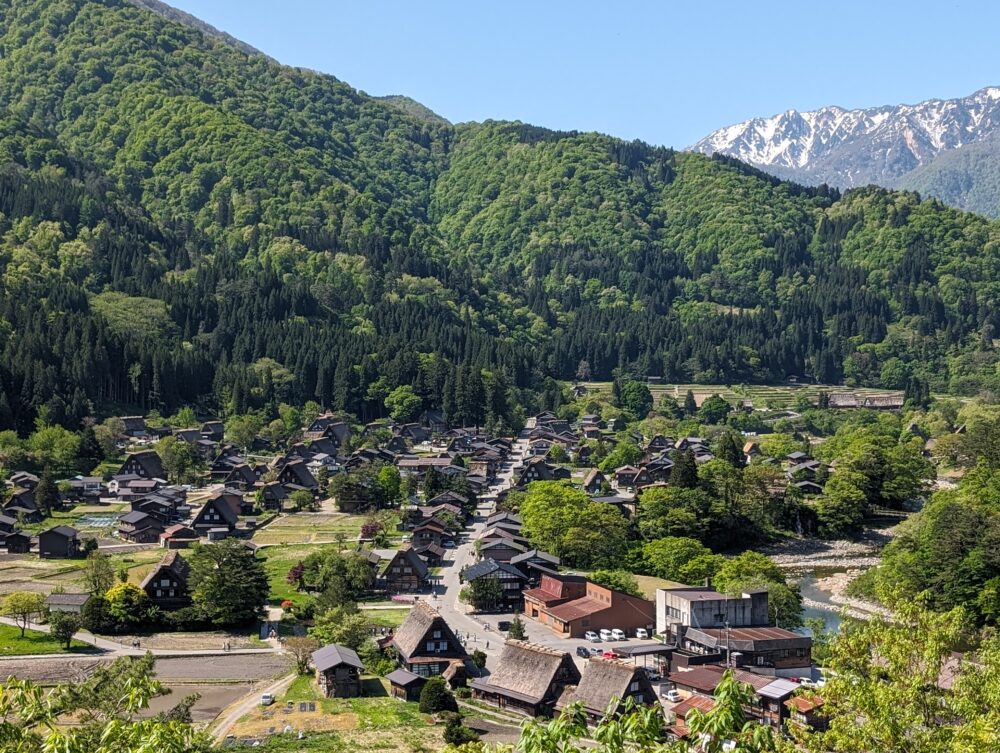
A breathtaking original Japanese landscape can be found here in Shirakawa-go, Gifu Prefecture. The landscape of Gassho-zukuri houses, registered as a UNESCO World Heritage Site, makes it seem as if time has stood still. For foreign visitors in particular, the area has a nostalgic charm that differs from modern Japan, where traditional culture and nature are in harmony. The fantastic villages with their picturesque thatched roofs are exceptionally beautiful in winter when they are lit up with snow and in autumn when the leaves change colour. This article will guide you on a heart-warming sightseeing trip to experience traditional Japanese culture.
~ Features and attractions ~
■The one and only gassho-zukuri architecture
The gassho-zukuri of Shirakawa-go are masterpieces of traditional architecture adapted to heavy snowfall. The steeply pitched thatched roofs are filled with the wisdom of sericulture and snow protection, and the unique nail-less structure is a symbol of traditional Japanese technology and community cohesion.
■Traditional Japanese life
In Shirakawa-go, the traditional way of life is still alive. Scenes of families gathered around hearths and working hard in the fields are a part of the original Japanese landscape that is being lost to modern society.
■Panoramic view of the four seasons
From the Shirakawa-go Observation Deck, a spectacular panorama of the four seasons can be seen. Cherry blossoms in spring, greenery in summer, autumn leaves in autumn and white snow in winter. It is particularly magical when lit up, and is a spectacular spot where you can enjoy unforgettable views of Japan’s original landscape in any season.
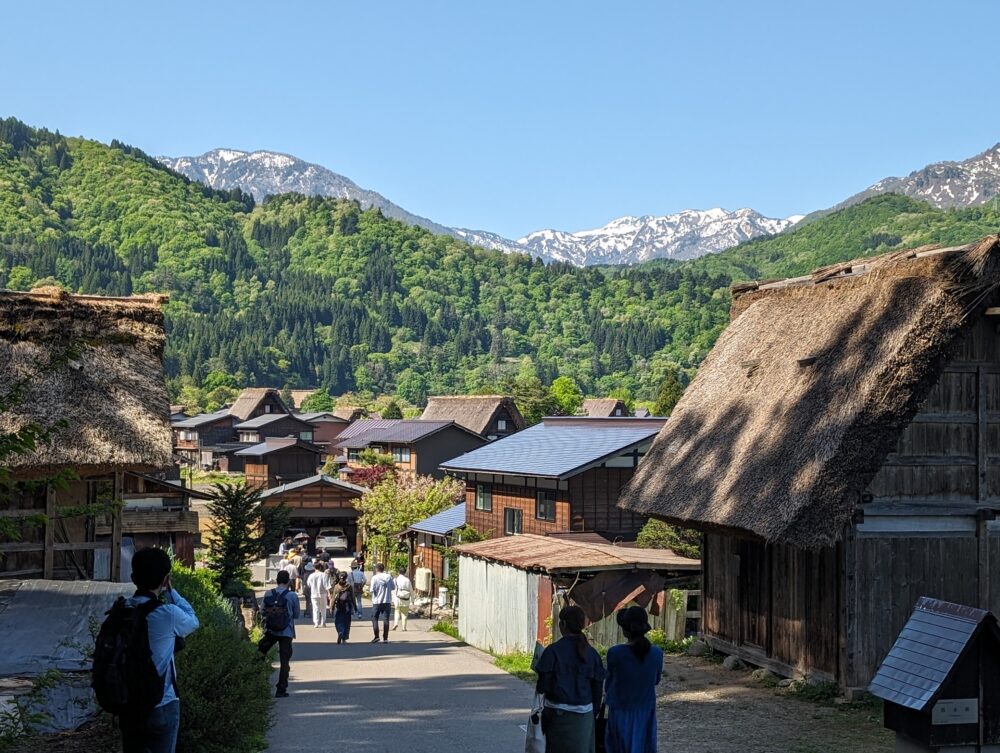
~History and background~.
The history of the gassho-zukuri villages of Shirakawa-go is long, and most of them were built between the Edo and Meiji periods. This unique architectural style was born from the need to adapt to the harsh natural environment of one of Japan’s heaviest snowfall areas and the sericulture industry, which was once a key industry. The steeply pitched thatched roofs reduced the labour required to remove snow, while the large attic space (hut backs) made it easy to control the temperature and provided an ideal environment for raising silkworms. Surrounded by mountains and for a long time referred to as an ‘isolated island on land’, the geographical conditions nurtured a unique architectural style and a traditional culture of mutual support represented by ‘yui’, which has remained strong to this day. The value of this cultural landscape, where nature and human activities are in harmony, was internationally recognised and the site was inscribed on the World Heritage List in 1995. It was not just about the preservation of old buildings, but the entire lifestyle and traditional culture of the people who live and work there that was recognised. For foreign tourists, this World Heritage Site is a valuable learning opportunity to experience the true nature of Japan, which is being lost.
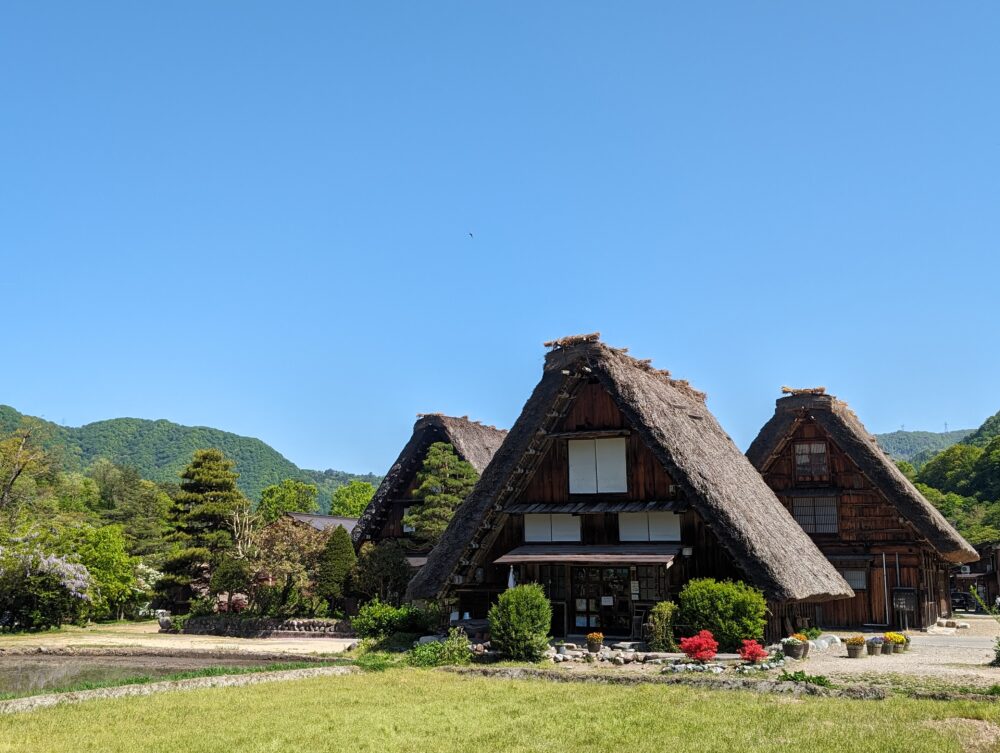
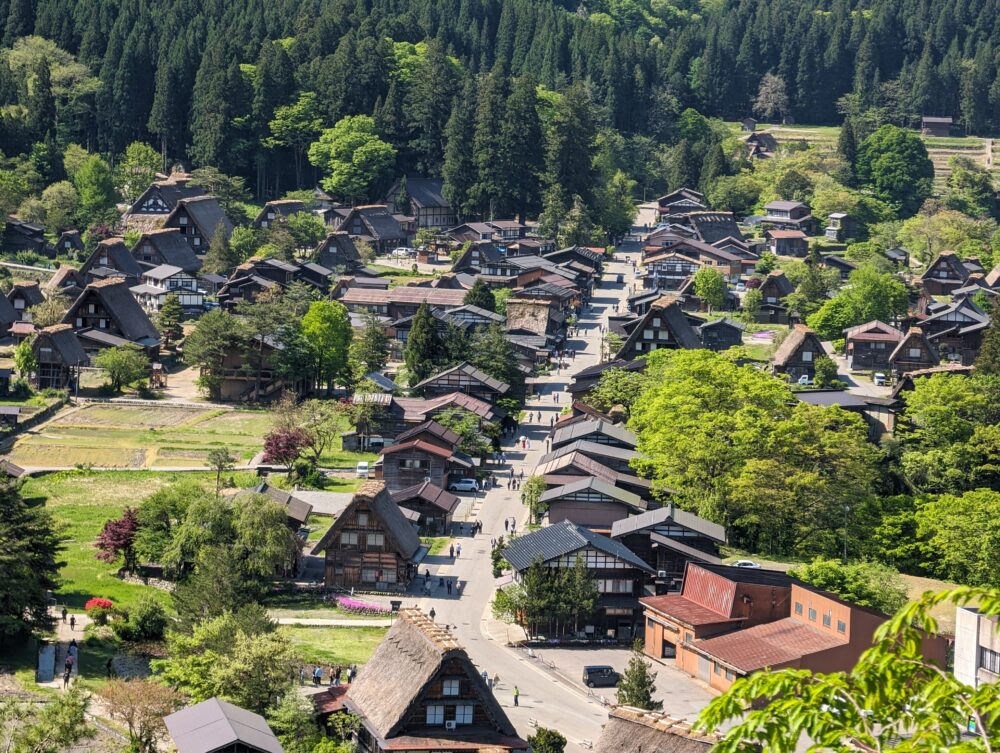
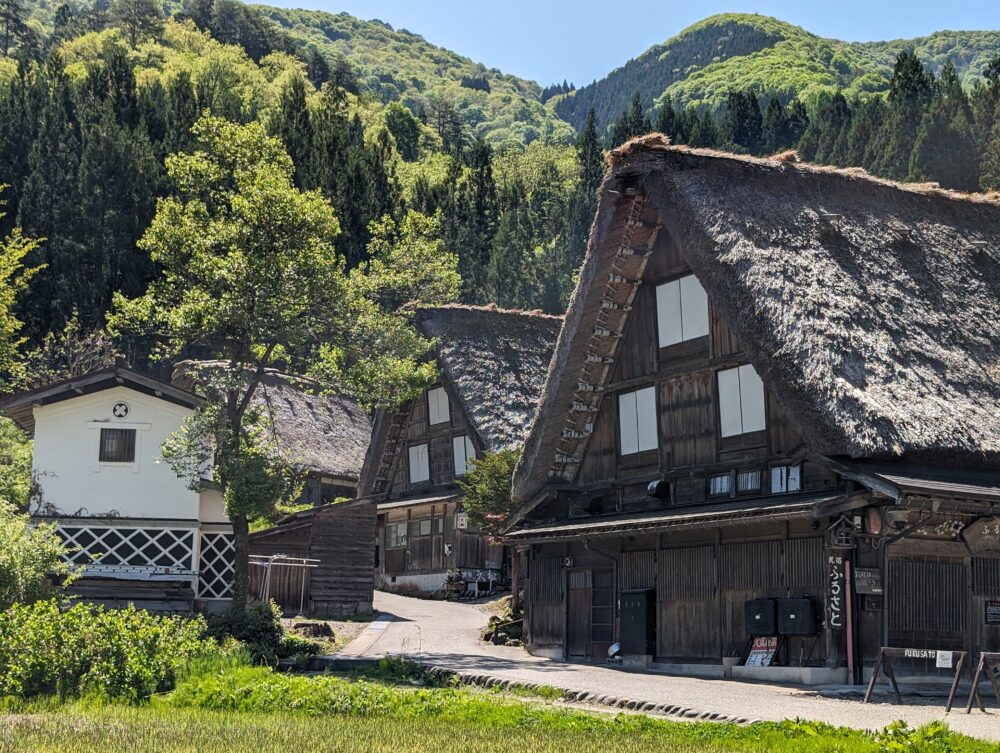
Reference information
Official website: https://shirakawa-go.gr.jp/
Fee: Adults: 500 yen (some tour facilities such as the Wada House); free to walk around the whole village.
Opening hours: Vary according to the tour facilities (most open 9:00-17:00).
Recommended season: spring (fresh green leaves), autumn (autumn colours), winter (snowy landscape).
Estimated time required: approximately 2-3 hours.
Tip: Average time for a walk around the entire settlement and visits to the main tour facilities. If you have more time, a nature walk in the surrounding area is recommended.
~How to get there from Tokyo~.
■How to get there by car Route
(1) Metropolitan Expressway → (2) Chuo Expressway → (3) Tokai-Hokuriku Expressway, immediately after exiting the Shirakawa-go IC.
Time required: Approx. 5 hours from Tokyo IC
Fare: Expressway tolls: approx. 12,000 yen (varies with ETC discounts, etc.)
■How to get there by train Route
(1) Tokyo Station → JR Tokaido Shinkansen approx. 2hr 30min.
(2) Change trains at Nagoya Station → JR Takayama Main Line (Limited Express Wide View Hida) approx. 2hr 30 mins.
(iii) Transfer at Takayama Station → Kotobuki Bus bound for Shirakawa-go: approx. 50 mins.
④Get off at Shirakawa-go Bus Terminal and walk shortly.
Travel time: approx. 5hrs 50 mins from Tokyo Station.
Fare: approx. 15,000 yen
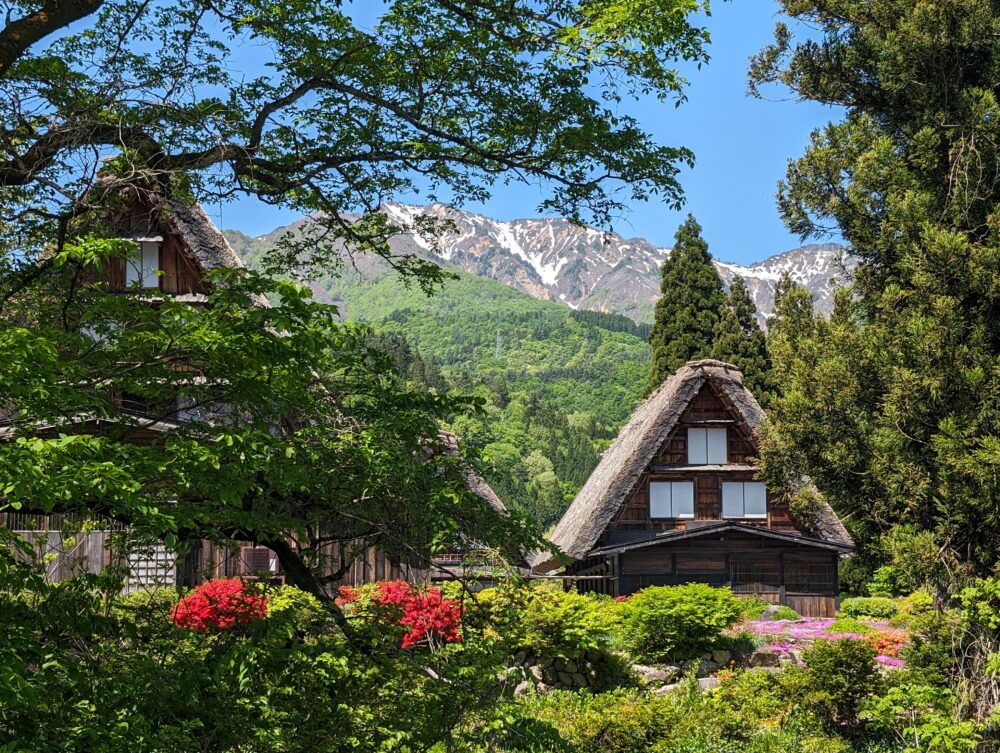
The early bird gets the worm! Enjoy the nostalgic streets and local delicacies at the Miyagawa and Jinya-mae morning markets!
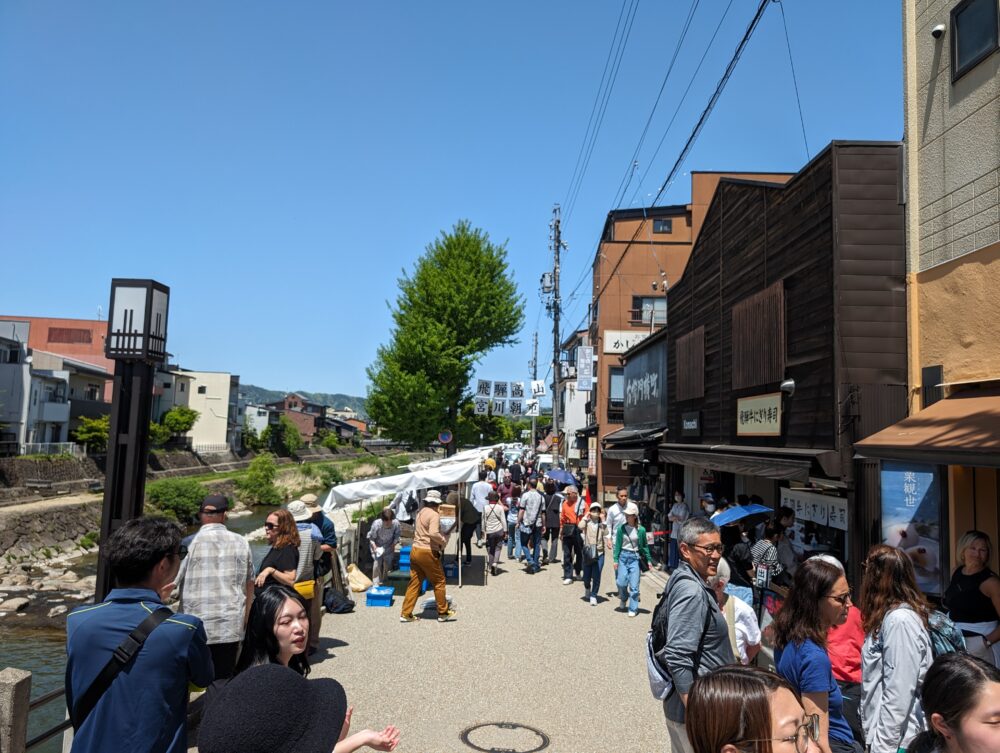
The lively Miyagawa Morning Market and Jinya-mae Morning Market are two of the most colourful events in Hida Takayama. The stalls along the banks of the clear Miyagawa River and in front of the historic Takayama Jinya are filled with the smiling faces of local people, fresh produce and warm, handmade goods. Strolling around, enjoying conversations with local grandmothers and tasting unusual food, is a wonderful opportunity to get in touch with the culture and people of the area. Be sure to get up early and enjoy the unique local events!
~ Features and attractions
■Taste fresh local produce
At the Miyagawa morning market, fresh vegetables and fruit freshly picked in the early morning from the surrounding area are colourfully displayed. Unique local delicacies such as rare wild vegetables, pickles and aromatic miso (fermented soybean paste) will enchant visitors’ taste buds.
■Warm handmade crafts
Handmade folk crafts and knitted goods made by local mothers with great care and attention are warm and make excellent souvenirs. It is fun just to look at the items, which are made in different designs and materials one after the other, and you can feel the love of the makers.
■ Friendly interaction with the locals
The best thing about morning markets is the direct interaction with the locals. Conversations with friendly sellers provide a valuable opportunity to get to know the local culture and way of life.
~History and background~.
Morning markets in Takayama are said to have started in the late Edo and Meiji periods, when farmers began to sell the vegetables and grains they produced. The Miyagawa morning market used to be a market for selling mulberry seedlings, but gradually began to sell vegetables, fruit and even folk crafts. The Jinya-mae morning market, on the other hand, is said to have been opened by the Kanamori clan, lords of Takayama Castle, to revitalise the town. These morning markets, which have continued since ancient times, were rooted in the daily lives of the local people and meant more than just a place of commerce. Today, morning markets still provide a place for interaction between locals and visitors, and keep old traditions alive in a modern form. A visit to a morning market is a rare opportunity to experience the history and culture of Takayama and the warmth of its people.
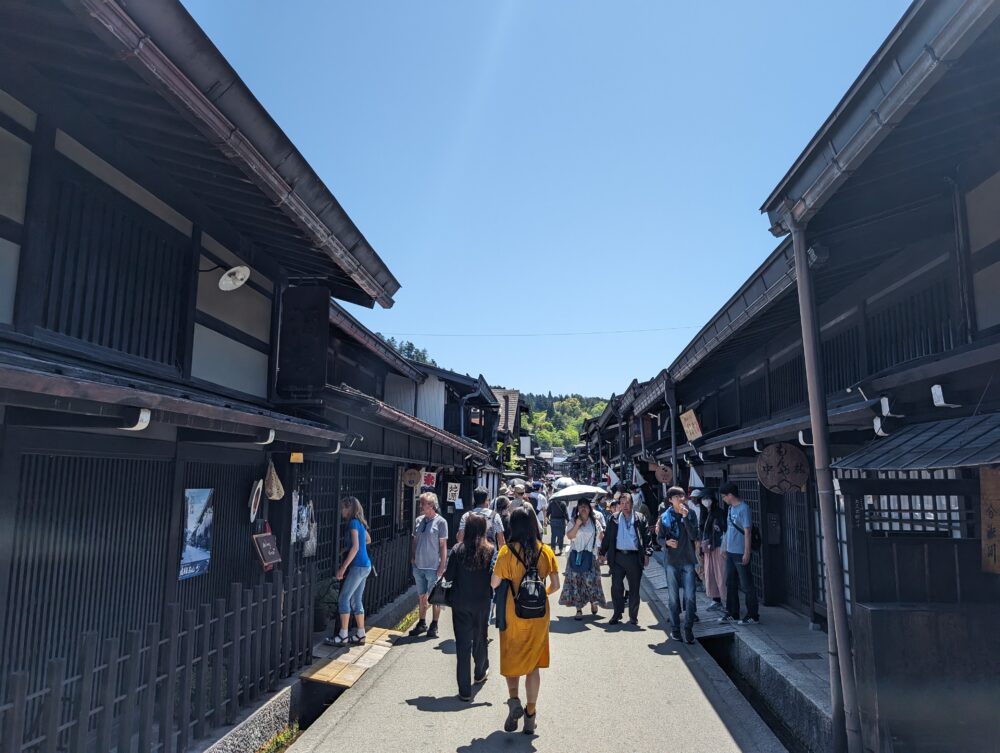
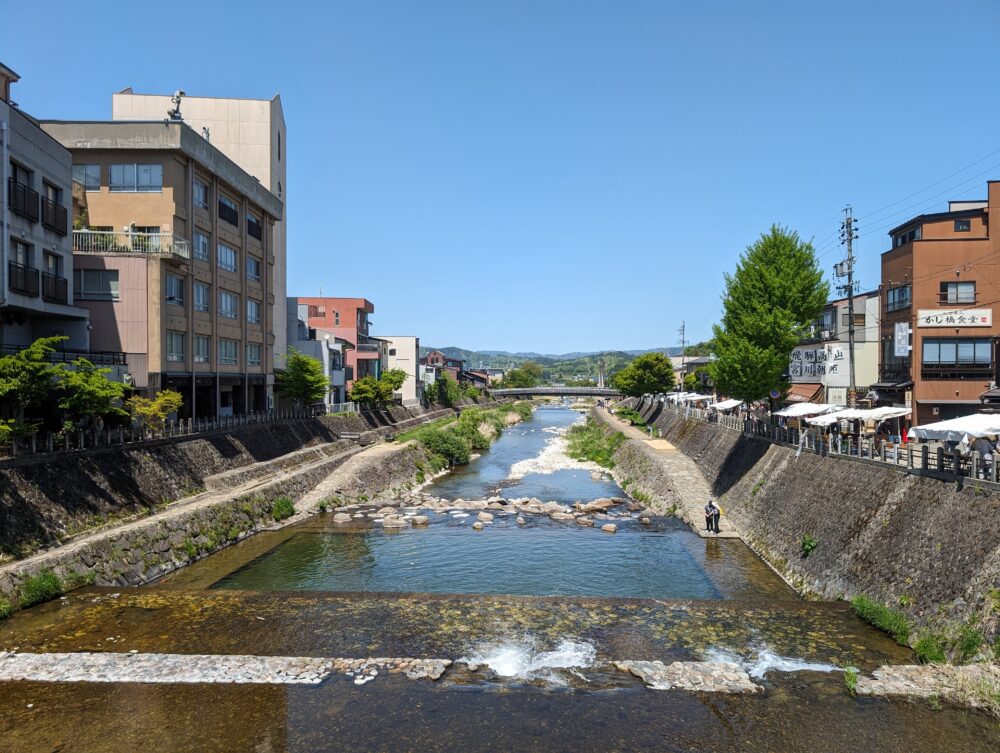
Reference information
Official website: https://www.hidatakayama.or.jp/
Fee: Free of charge
Opening hours:
Miyagawa morning market: from around 8am to noon (from around 9am in winter).
Jinya-mae morning market: from around 8am to noon (closed in winter).
Recommended seasons: spring (fresh greenery), summer (liveliness), autumn (taste).
Estimated time required: approx. 1-2 hours.
Tip: Average time taken to visit both morning markets at a leisurely pace. Allow a little more time if you enjoy eating and walking.
~How to get there from Tokyo~.
How to get there by car Route
(1) Metropolitan Expressway → (2) Chuo Expressway → (3) Tokai-Hokuriku Expressway, immediately after exiting the Shirakawa-go IC.
Time required: Approx. 5 hours from Tokyo IC
Fare: Expressway tolls: approx. 12,000 yen (varies with ETC discounts, etc.)
How to get there by train Route
(1) Tokyo Station → JR Tokaido Shinkansen approx. 2hr 30min.
(2) Change trains at Nagoya Station → JR Takayama Main Line (Limited Express Wide View Hida) approx. 2hr 30 mins.
(iii) Transfer at Takayama Station → Kotobuki Bus bound for Shirakawa-go: approx. 50 mins.
④Get off at Shirakawa-go Bus Terminal and walk shortly.
Travel time: approx. 5hrs 50 mins from Tokyo Station.
Fare: approx. 15,000 yen
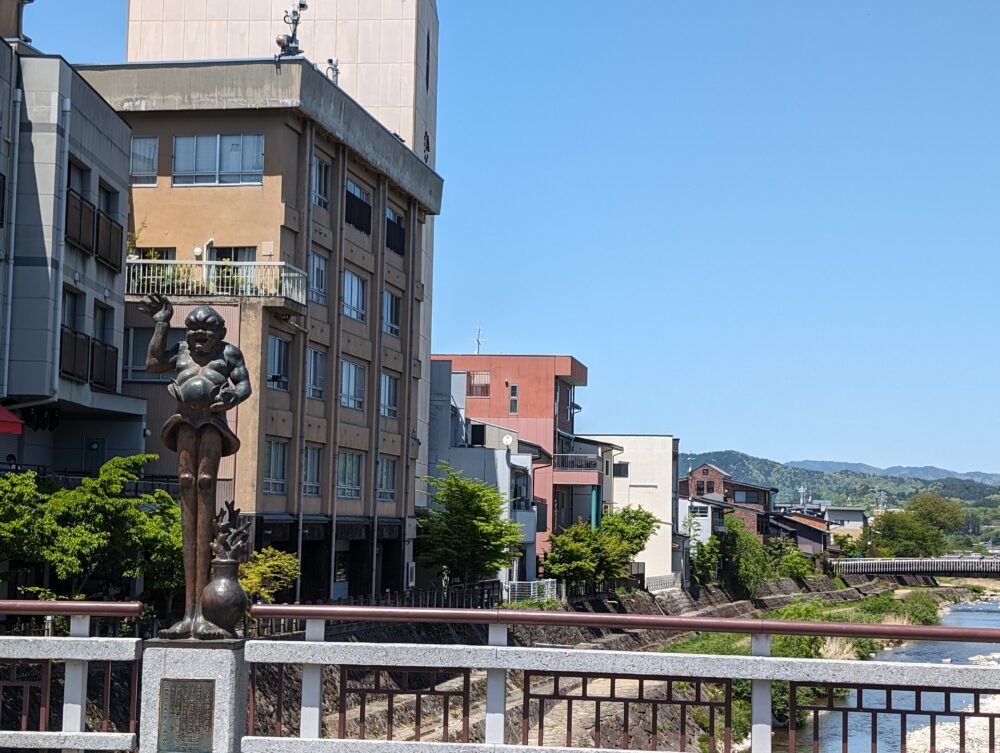
A mysterious space created over 250 million years! An impressive underground expedition in the Hida Great Limestone Caves.
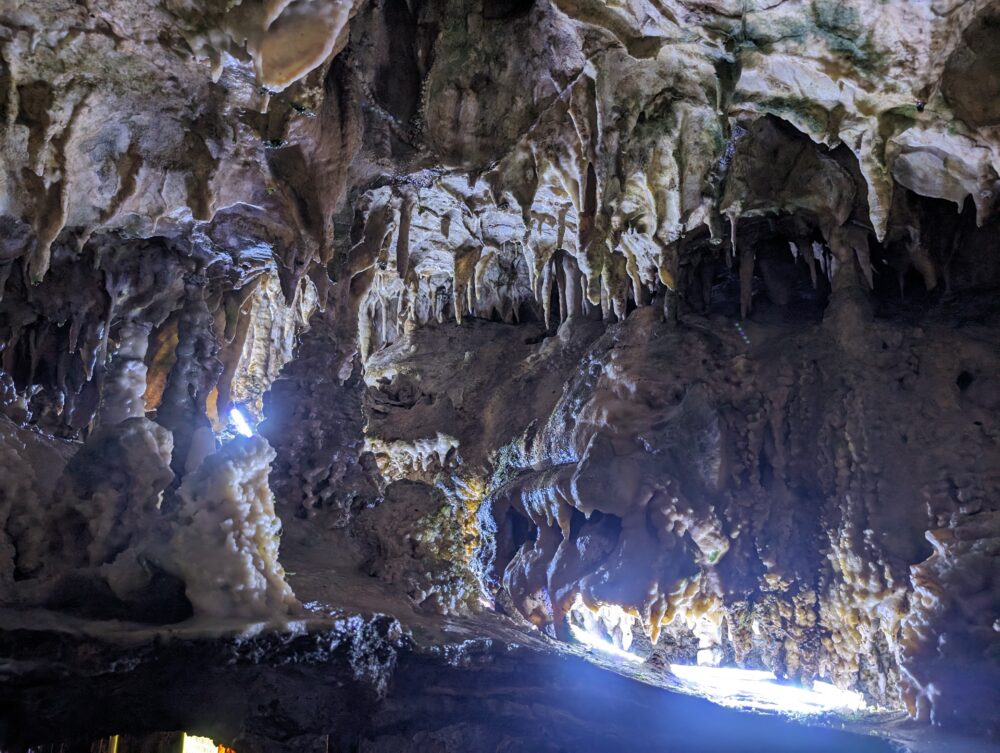
Breathtaking and spectacular secrets of the earth lie 800 metres beneath the ground in Takayama, Gifu Prefecture. The Hida Great Cave is a work of nature’s art created over thousands of years. The caves, which are always cool at 12°C even in summer, are like a gateway to another world. Mysterious stalactites hanging silently from the ceiling and the rock surface illuminated by fantastic lighting make you feel as if you can feel the heartbeat of the earth.
~Features and attractions
■A work of art created by nature
Formed over thousands of years, stalactites are like paintings quietly painted by the earth. Their irregular and delicate shapes are fresh and surprisingly beautiful from every angle.
■Cool space with a constant year-round temperature of 12°C
The temperature in the cave is comfortable even in mid-summer, like a natural air-conditioner. Visit on a hot day and you will experience a cool feeling as if you have wandered into another world.
■ Diverse exploration courses
There are three levels of exploration courses for beginners and experts alike, each with different scenery and difficulty levels, allowing you to enjoy the real thrill of cave exploration.
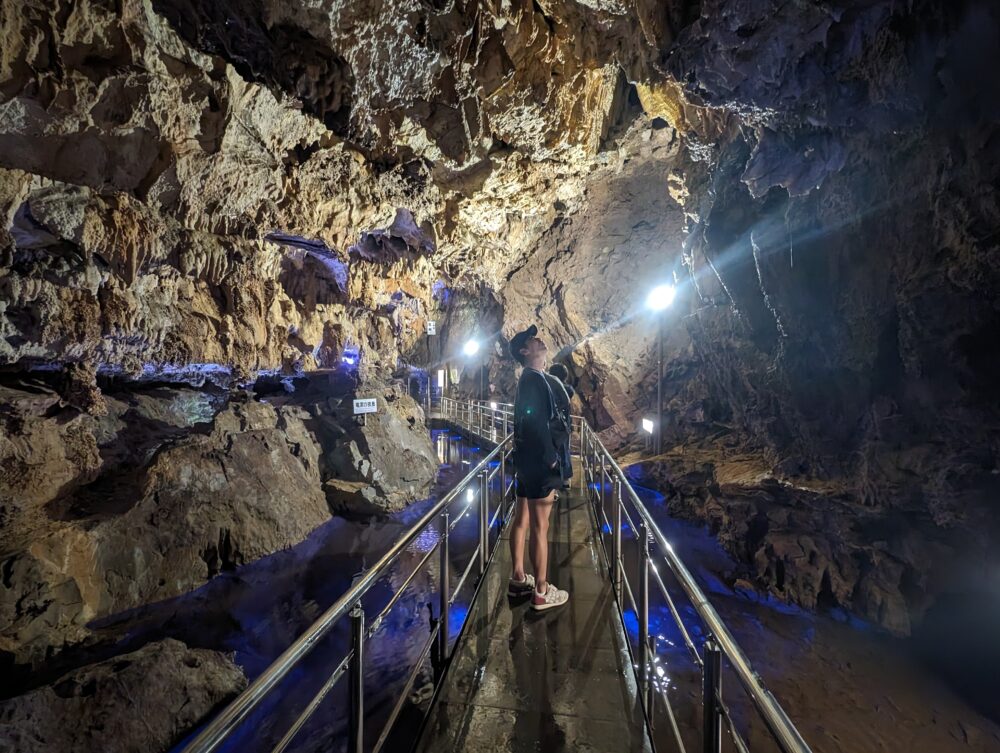
~ History and background~.
The discovery of the Hida Great Cave was made by local farmer Ohashi Sotokichi, who discovered the cave by chance in 1939, pioneering the study of limestone caves in Japan. The local people carefully preserved the cave and opened it to the public in 1956. As a symbol of the symbiosis between nature and man, the caves are of great scientific and tourist importance.
Reference information
Official website: https://www.syonyudo.com/
Fee: Adults ¥1,100, children ¥600
Opening hours: 8:30-17:00
Recommended season: Apr-Nov.
Approximate time required: 1-2 hours.
~How to get there from Tokyo~
■Directions by car
Route details
(1) From Tokyo, take the Chuo Expressway.
(2) Take the Nagano Expressway.
③Change to Tokai-Hokuriku Expressway at Komaki JCT on the Chuo Expressway and get off at Hida Kiyomi IC.
(4) Take National Highway 41 to Hida Great Cave.
Travel time and distance: From Tokyo to Hida Daishonnyudo Cave: approx. 6-7 hours, distance: approx. 450 km.
Motorway tolls: approx. 8,000-10,000 yen.
■How to get there by train
Route details
(1) Tokyo Station → Nagoya Station (Shinkansen)
2) Nagoya Station → Takayama Station (Hida Express)
③Take the Nobi Bus ‘Jongyudo Line’ from Takayama Station.
(4) Get off at the ‘Jongnyudo-guchi’ bus stop.
(5) Take the free shuttle bus to Hida Daito Jongnyudo (Great Jongnyudo Cave).
(4) Take the Nobi Bus from Takayama Station to the ‘Jongryudo Line’ (4) Get off at the ‘Jongryudo Exit’ bus stop (5) Take the free shuttle bus to the Hida Grand Jongryudo.
Total time required: approx. 4 hours.
∙ Fare: approx. 15,000 yen (for Shinkansen, express train and bus)
